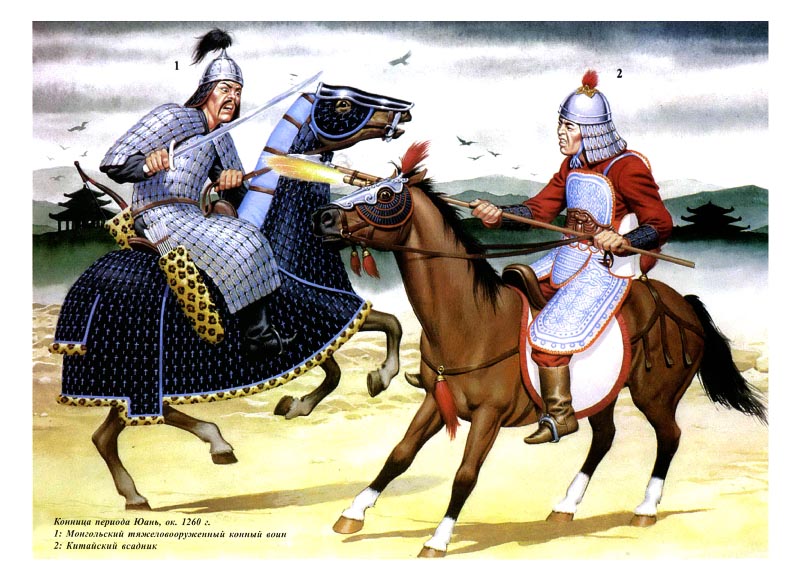In their time, the Mongols fought their way across Eurasia. They stopped only at the shores of the “last sea,” as Genghis Khan had bequeathed to them: this was the Adriatic Sea, part of the Mediterranean, located between the Apennines and the Balkans. For many centuries, they ruled Europe and Asia, terrorizing settled states with their raids. However, despite all their military might, none of the subordinate or independent countries borrowed their tactics, but continued to develop their own military art.

Contrary to the existing stereotype, even Russia was no exception. On Kulikovo Field, our cavalry was focused on close combat, and the replacement of feudal troops with local ones in the following century took place under Turkish rather than Tatar influence. In any case, at that time, the infantry was becoming increasingly important, and the cavalry was gradually becoming secondary.
So why did no one borrow the Mongols’ manner of fighting?
Because it was directly dependent on the Mongol way of life. Every nomad sat on a horse before he learned to walk. At the age of five, he began to learn to shoot with a still weak children’s bow, and at the age of 14-15, when his body had grown stronger, he was already a ready warrior. Archery and horse riding were natural skills for every herdsman, which were difficult for sedentary peoples to achieve.

Of course, it is possible to teach military skills from childhood. But in Europe and other regions, there are no open steppes where everything is decided by brief skirmishes and mobility. There, strong infantry and heavy cavalry are important, since in geographically limited theaters of war, longer and more persistent battles occur. Accordingly, local commanders must rely on such troops.
And mounted archers are only effective if they are organized into really large units. In Europe, the Roman Empire actively used Numidians, Sarmatians, and Huns, but they never became the basis of military tactics and acted as support for the legions.
Therefore, the first reason is this: there are no steppes, there is no steppe way of life, and, accordingly, there are not enough mounted archers to tactically surpass all other troops.
An additional reason is the absence of steppe ungulates, whose horns were used to make Asian composite bows. Only with their help is it possible to shoot from a horse; wooden bows are too large and inconvenient for this.

Another reason is that a different composition of troops dictates completely different tactics. But, ultimately, it is no less effective. Thus, the Hungarians successfully repelled the second Mongol invasion in 1285-1286 with the help of castles, Venetian crossbowmen, and heavily armed knights. Of course, they mainly fought a fortress war, but they severely weakened their enemy during their forced retreat.
Then, when Mongol tactics became familiar, commanders from other countries found a way to defeat the nomads even in the steppes. Thus, in the Battle of Blue Waters in 1362, they drove back the Tatars with volleys from crossbows and attacked them with their cavalry in close combat. Then foot soldiers joined in the fray, and the enemy was defeated. Incidentally, Prince Olgerd inadvertently repeated Roman military tactics designed to combat steppe peoples.
At the same time, the Chinese also used crossbows, but instead of relying on a strong formation, they used mobile field cities, which became improvised fortifications. In this way, they drove the Mongols out of China and even defeated them more than once in the middle of the steppe.

Thus, sturdy infantry, heavy cavalry, and archers were a good response to mounted archers and began to defeat them when the first wave of Mongol conquests subsided.
